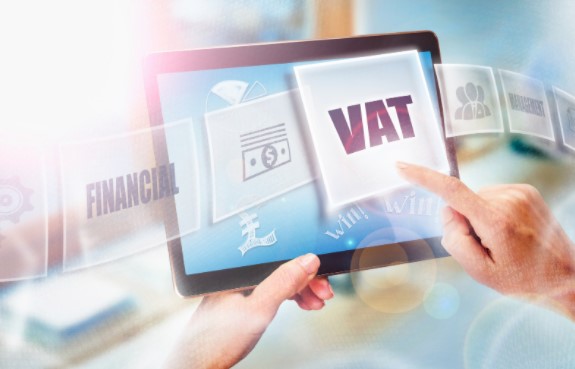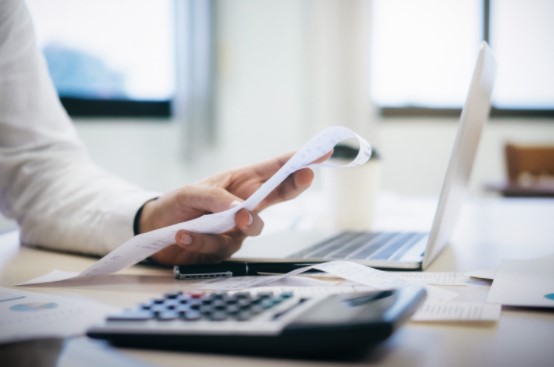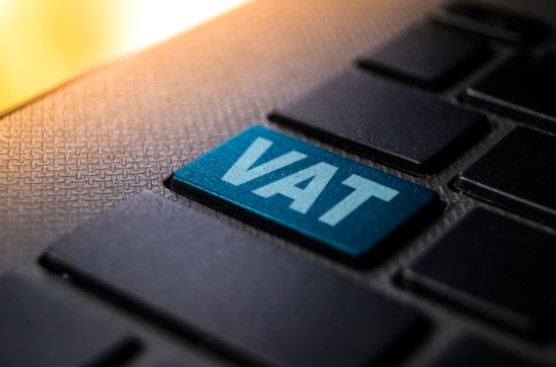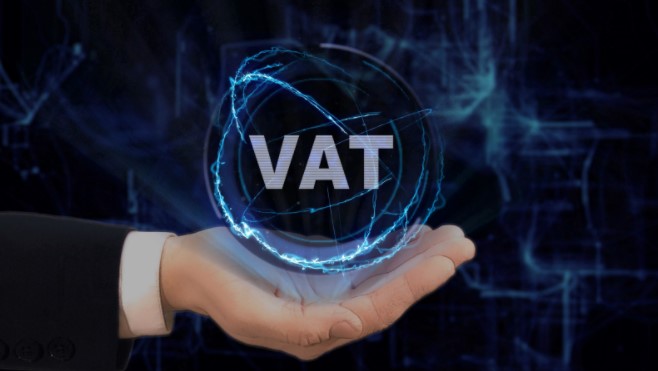Table of Contents
When you are thinking of starting up a new business, you might probably be worried about taxes and how to go about them. This article will highlight the important information you need to know about VAT as you think of setting up a business in the UK.
About VAT
Value–added tax (VAT) is a type of tax levied on the price of goods and services. It is incrementally assessed at each stage of the product, from production to distribution, to the sale stage. VAT is essentially meant to compensate for the services like infrastructure that are provided by the state and funded by the taxpayer. In many countries, exports are often exempted from VAT.
VAT was introduced in the United Kingdom in the year 1973. It replaced purchase tax and is currently the third-largest government source of revenue after National Insurance and income tax. VAT is collected and administered by HM Revenue and Customs through the Value Added Tax Act 1994.

Most goods and services from the registered businesses in the UK and some from outside the UK have VAT levied on them at different rates as listed below.
- 20% VAT – This is the standard default VAT rate in the UK since January 4, 2011for goods such as alcohol, carbonated drinks, chocolates, and bottled water.
- 5% VAT – This is the reduced VAT rate for goods such as domestic fuel, maternity pads, and smoking cessation products.
- 0% VAT – Products such as Personal protective equipment (PPE), most food items, and children’s clothing currently enjoy a 0% rate.
- Exempted from VAT- This is the case for some commodities such as commercial land and buildings, education, and financial services are.
- Outside the System –This is the case for commodities such as statutory fees, voluntary donations to charity, and tolls for bridges, tunnels, and roads are outside the system.
VAT is an indirect tax as it is imposed on the consumer, who bears the economic burden and paid to the government by the business.
In March 2021, the UK government introduced a domestic VAT reverse charge on most supplies of construction, building, and demolition services. Rather than the supplier, the customer is responsible for accounting g to HMRC for VAT on construction services supplied. However, this reverse change will not apply if the customer receiving the services is the end-user.
What businesses are eligible to pay VAT in the UK?
If your business provides taxable goods and services and your turnover exceeds the VAT registration threshold, then you must register for VAT. However, businesses can voluntarily volunteer to register for VAT even before reaching the VAT registration threshold.
Registered businesses may offset their VAT at the HMRC with their input tax, which is the VAT incurred by purchasing taxable supplies for their business.

The Flat Rate Scheme
The flat rate scheme is a scheme run by the HMRC as an incentive to new companies and small businesses. It reduces red tape on small businesses while allowing entrant companies to keep part of the VAT revenue they collect from their customers. The scheme allows small VAT registered businesses who have a smaller turnover below 150,000 in a year to pay a quarterly fixed percentage of the business turnover to HMRC.
What is the VAT Threshold?
VAT threshold is often referred to as the VAT registration threshold. It is the amount of money a business or an individual earns in a 12 months period before they are eligible to register for VAT.
How much is the VAT threshold in the UK?
The current VAT threshold in the UK is €85,000. This figure is by the year 2020 and is by far the highest VAT registration threshold in the world. In the past years, the VAT threshold in the UK has been as below.
- 2014 – 2015: €81,000
- 2015 – 2016: €82,000
- 2016- 2017: €83,000
- 2017 – 2020: €85,000
The VAT threshold is normally set on a yearly basis, and it keeps increasing. However, in the year 2017 to 2020, the VAT registration threshold was extended at a constant and it is expected to apply until April 2022 at the earliest.
Once your business meets the VAT threshold, you will have 30 days to register for VAT by informing HMRC. After registering for VAT, your business will be expected to do three things.
- Charge VAT on goods and services sold to their customers.
- Pay VAT on goods and services bought for the day-to-day running of the business.
- Submit annual VAT returns.
- Keep an account of VAT records.

How to Register for VAT?
You can make an online application at the HMRC portal.
VAT Avoidance, Evasion, and Fraud
Tax evasion is when a registered business pays to HMRC a lesser tax amount than they are supposed to. The UK government records billions of revenue losses every year due to tax evasion, avoidance, or fraud. Tax evasion is an illegal act and businesses usually perform this kind of fraud in many ways.
Ways in Which Businesses Evade Tax
- By overstating onward purchases or understating the sales figure.
- By not imposing VAT on the goods and services that they sell to their customers.
- By offering Cash in hand jobs.
- Missing trader fraud – this is when criminal gangs in the UK trade in goods across the EU countries, sell them in the UK with VAT but fail to pass over the VAT to HMRC. Imports from the EU are not subject to VAT in the UK. This kind of fraud is also called carousel fraud and has been on the rise in the UK in recent times. Carousel fraud accounts for over 1.9 billion loss in tax revenue.


VAT is an essential source of revenue to the government, and avoiding it is a legal offense that could cost you and your business a legal sentence. This article has highlighted the vital information you need to know about VAT. The VAT threshold in the UK is €85,000, and once your business reaches this threshold, you will have 30 days to register for VAT.






































